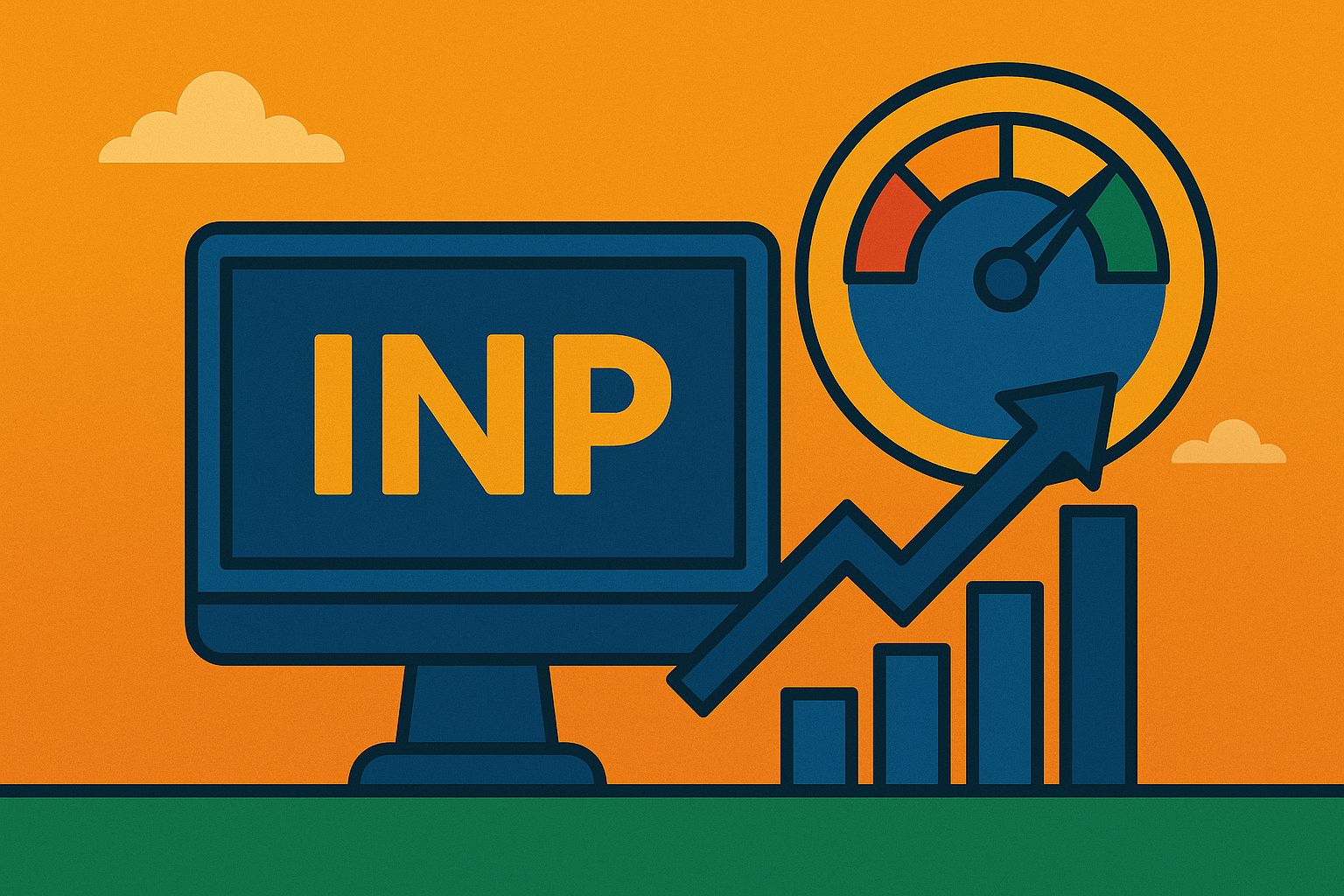Choosing the right data library for developing a dashboard can feel like picking the perfect tool from a vast toolkit. Imagine you’re an artist with a blank canvas—your tools can either limit or elevate your masterpiece. In the world of web development, React, Vue.js, and Webix are the brushes you might reach for. Each offers unique strengths and caters to different needs, but which one is right for your project? In this comparative analysis of data libraries, we’ll dive deep into React, Vue.js, and Webix, helping you determine the best fit for developing robust dashboards tailored to your business requirements. Ever wondered which JavaScript library to use for your next big dashboard project? Maybe you’re on the fence between React, Vue.js, and Webix? Let’s dive into this head-first and conduct a comparative analysis of data libraries like React, Vue.js, and Webix for developing robust dashboards to meet your business needs.
What’s the Deal with These Libraries?
- React: The Powerhouse
React is like the cool, confident kid on the block. Developed by Facebook, it’s gained massive popularity for its component-based architecture. This means you can build reusable UI components, which is a fancy way of saying you don’t have to reinvent the wheel every time you need a button or a form.
- Vue.js: The Progressive Framework
Vue.js, on the other hand, is the up-and-comer with a friendly face. Created by ex-Google engineer Evan You, Vue.js is designed to be incrementally adoptable. It’s versatile and can be used for everything from simple widgets to full-blown applications. Think of it as the Swiss Army knife of front-end frameworks.
- Webix: The Specialist
And then there’s Webix, the specialist in the room. Unlike React and Vue.js, Webix comes with a rich set of pre-built UI components designed specifically for enterprise-grade applications. It’s like hiring a professional chef when you need a gourmet meal – sure, you could cook it yourself, but wouldn’t you rather leave it to the expert?
Why Do We Need Dashboards Anyway?
Before we jump into the nitty-gritty, let’s talk about why dashboards are a big deal. Imagine driving a car without a dashboard. No speedometer, no fuel gauge, no clue how fast you’re going or when you’ll run out of gas. Terrifying, right? That’s how running a business feels without a proper dashboard – you’re flying blind. Dashboards consolidate data, visualize key metrics, and help businesses make informed decisions. So, getting the right tool for the job is crucial.
1.Flexibility and Adaptability
- React: A LEGO Set for Developers
React’s component-based architecture is like a box of LEGOs. You can mix and match components to build complex interfaces, and when you need to change something, it’s as simple as swapping out a piece. The virtual DOM ensures efficient updates, so your dashboard is always snappy.
- Vue.js: The Gentle Giant
Vue.js offers similar flexibility but with a gentler learning curve. It’s like React’s friendly cousin who explains things in simpler terms. The two-way data binding in Vue.js is a boon for dynamic dashboards where real-time updates are critical.
- Webix: Ready-Made Elegance
Webix, however, takes a different approach. It provides an extensive library of ready-made components tailored for data-heavy applications. Need a pivot table or a complex form? Webix has you covered. It’s not as flexible as React or Vue.js in terms of customization, but for enterprise applications, it’s a dream come true.
2.Ease of Use and Learning Curve
- React: The Steep Climb
React’s learning curve can feel like climbing Everest, especially if you’re new to JavaScript frameworks. JSX (JavaScript XML) can be intimidating at first. However, once you get the hang of it, React’s ecosystem is incredibly rewarding.
- Vue.js: The Friendly Guide
Vue.js, conversely, feels more like a walk in the park. Its documentation is top-notch, and the community is welcoming. You’ll find plenty of tutorials and examples to get you started. Vue.js is often recommended for beginners due to its simplicity and ease of integration.
- Webix: The Specialist’s Tool
Webix falls somewhere in between. Its proprietary nature means there’s a bit of a learning curve, but it’s not as steep as React’s. Plus, the extensive documentation and support make it easier to pick up. If you need a dashboard quickly and don’t want to fuss with building components from scratch, Webix is a solid choice.
3.Performance and Scalability
- React: The Speed Demon
React is known for its blazing-fast performance, thanks to the virtual DOM. It’s like a Ferrari on the race track, designed for speed and efficiency. When it comes to scaling, React handles large applications with grace, making it ideal for complex dashboards.
- Vue.js: The Balanced Performer
Vue.js also performs admirably, with its reactivity system ensuring smooth updates. It’s like a reliable sedan – it might not be the fastest, but it gets the job done efficiently. Vue’s scalability is comparable to React, making it suitable for both small and large projects.
- Webix: The Heavyweight Champ
Webix might not be as fast as React, but it’s no slouch either. It’s like a heavyweight boxer – it packs a punch with its robust set of features. For enterprise applications where data visualization and complex interactions are key, Webix delivers consistent performance.
4.Community and Ecosystem
- React: The Vast Network
React’s ecosystem is like a bustling metropolis. You’ll find a vast array of libraries, tools, and extensions. Need state management? Redux has you covered. Want to handle side effects? Check out Redux-Saga. The community is active, and chances are, if you have a problem, someone’s already solved it.
- Vue.js: The Close-Knit Community
Vue.js has a smaller but incredibly passionate community. It’s like a tight-knit neighbourhood where everyone knows each other. The ecosystem is growing, with plenty of plugins and extensions available. Vuex for state management and Vue Router for navigation are just a few examples.
- Webix: The Specialist’s Network
Webix’s community isn’t as large as React or Vue.js, but it’s focused. You’ll find dedicated forums, comprehensive documentation, and professional support. For enterprise solutions, this specialised support can be invaluable.
5.Customization and Extensibility
- React: The Custom King
React’s flexibility extends to customization. You can tailor every aspect of your dashboard, from the UI components to the underlying logic. It’s like having a custom-built suit – made to fit your exact specifications.
- Vue.js: The Adaptable Friend
Vue.js also offers great customization options. Its modular architecture allows you to pick and choose the parts you need, making it highly adaptable. It’s like a versatile wardrobe – mix and match to suit your style.
- Webix: The Ready-Made Solution
Webix, while not as customizable, provides a plethora of ready-made components that can be extended as needed. It’s like buying a high-quality pre-fabricated house – you can still add your personal touches, but the heavy lifting is already done.
6.Integration with Other Tools
- React: The Integrator
React plays well with others. Whether you’re using GraphQL for data fetching, D3.js for data visualization, or any other tool, React integrates seamlessly. It’s like the social butterfly of libraries – it gets along with everyone.
- Vue.js: The Harmoniser
Vue.js is also known for its smooth integrations. It’s compatible with a variety of tools and libraries, making it a great choice for projects that require a mix of technologies. Vue CLI provides an easy setup for integration with other tools.
- Webix: The Specialist Integrator
Webix excels in integrating with back-end systems and other enterprise tools. It’s like a specialist consultant – it knows exactly how to get your systems talking to each other. For business applications, this integration capability is a major advantage.
7.Real World Use Cases
- React: The Corporate Favourite
React is widely used in corporate environments. Companies like Facebook, Airbnb, and Netflix rely on React for their front-end needs. Its scalability and performance make it a top choice for large-scale applications.
- Vue.js: The Startup Star
Vue.js is popular among startups and small to medium-sized businesses. Companies like Alibaba and Xiaomi have adopted Vue.js for its ease of use and flexibility. For quick turnaround projects, Vue.js is a go-to framework.
- Webix: The Enterprise Solution
Webix is favoured by enterprises that need robust, data-intensive applications. Its pre-built components and enterprise-grade features make it a top choice for business dashboards. Companies like Cisco and Schneider Electric use Webix for their internal applications.
Conclusion
So, which library should you choose for developing your next dashboard? Well, it depends. If you’re looking for flexibility and performance and don’t mind a steeper learning curve, React is your go-to. For a more beginner-friendly, adaptable option, Vue.js is fantastic. And if you need a robust, enterprise-grade solution with ready-made components, Webix is your best bet. In the end, it’s like choosing a vehicle for a road trip. Do you want a sleek sports car, a reliable sedan, or a luxury SUV? Each has its strengths, and the best choice depends on your specific needs and preferences.




